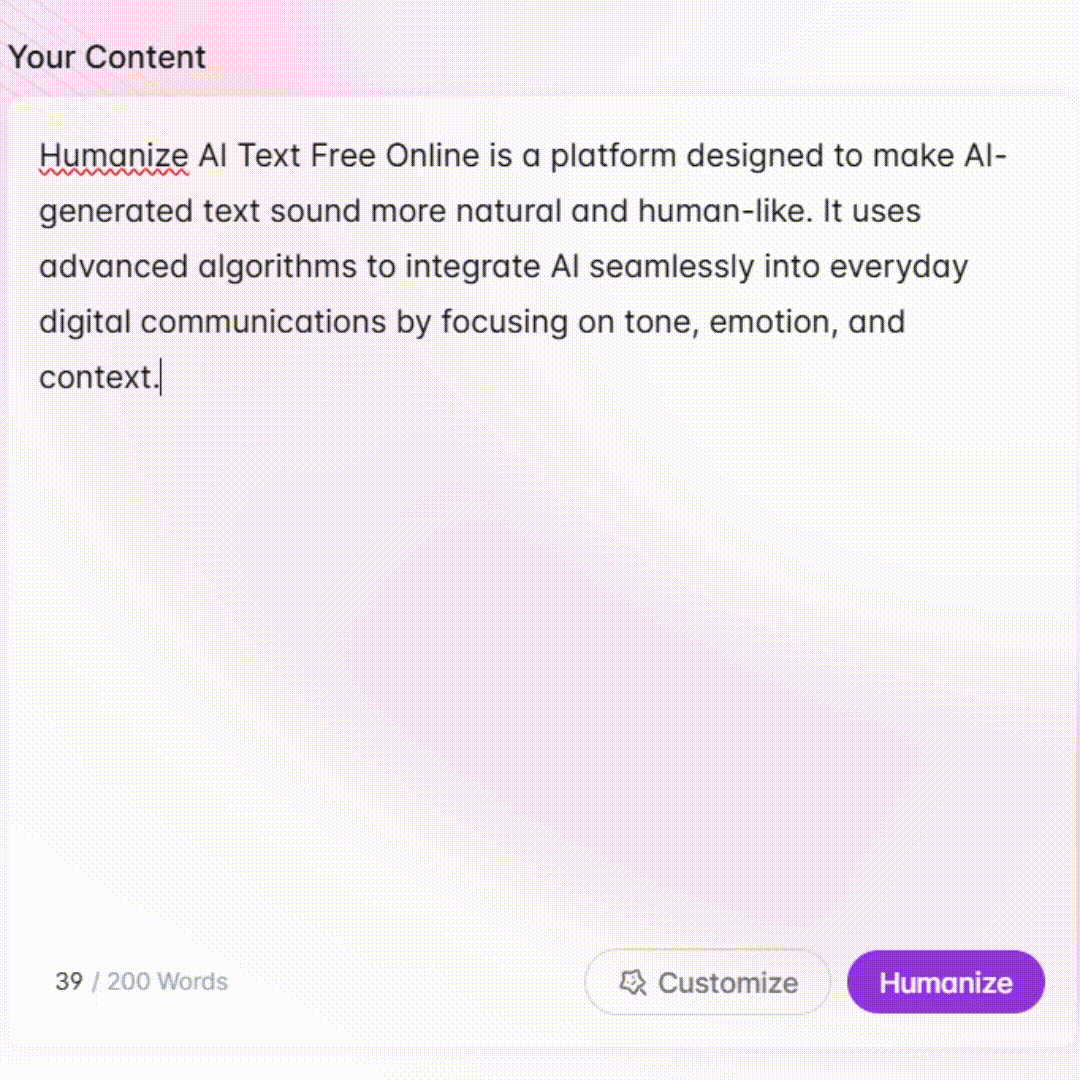
LL97 Mitigating Factors Assistant - LL97 Penalty Calculator

Hello! I'm here to help you understand and compare Local Law 97 penalties and mitigating factors. How can I assist you?
Navigate emissions compliance with AI
Can you compare penalties to mitigating factors for my building?
Show me a table of penalties vs mitigating steps.
Explain the mitigating factors for Local Law 97.
Detail the yearly penalties for exceeding CO2 emissions limits.
Get Embed Code
Overview of LL97 Mitigating Factors Assistant
The LL97 Mitigating Factors Assistant is designed to aid building owners and operators in understanding and complying with Local Law 97's requirements for greenhouse gas emissions in New York City. It specializes in calculating penalties for emissions overages and identifying potential mitigating factors that could reduce these penalties. For example, if a building exceeds its carbon emissions limit, the assistant calculates the penalty based on the overage amount at the specified rate of $268 per metric ton of CO2. It also guides users through the process of documenting mitigating factors, such as unforeseen events or good faith efforts to reduce emissions, which might lower or negate these penalties. Powered by ChatGPT-4o。

Core Functions of LL97 Mitigating Factors Assistant
Penalty Calculation
Example
For a building that has exceeded its CO2 limit by 100 metric tons, the assistant would calculate the penalty as 100 metric tons x $268/metric ton = $26,800.
Scenario
This function is crucial when a building's annual emissions report shows that it has surpassed its legal emissions limit under Local Law 97.
Identification of Mitigating Factors
Example
In the case of a building damaged by a hurricane, the assistant could identify this event as a mitigating factor that might reduce the calculated penalty.
Scenario
This assists building owners in documenting unforeseen events that impacted their ability to comply with emissions limits, potentially leading to reduced penalties.
Compliance Guidance
Example
The assistant would provide a checklist of compliance actions, like upgrading to energy-efficient systems, to meet future emissions targets.
Scenario
This function is essential for building owners planning to make sustainable upgrades or renovations to align with Local Law 97's future emissions limits.
Target Users of LL97 Mitigating Factors Assistant
Building Owners and Operators
These users directly benefit from understanding and complying with LL97's emissions limits and penalties, especially those owning or managing multiple properties or large square footage in New York City.
Sustainability Consultants
Consultants working on sustainability and compliance projects can use the assistant to provide accurate, up-to-date advice and strategies for their clients, helping them to avoid fines and reduce carbon footprints.
Real Estate Developers
Developers involved in new constructions or major renovations need to ensure their projects comply with LL97's stringent emissions standards, making this tool valuable for planning and decision-making.

How to Use LL97 Mitigating Factors Assistant
Initiate Free Trial
Begin by accessing yeschat.ai for a complimentary trial, which requires no login or ChatGPT Plus subscription.
Identify Building Type
Determine your building's occupancy group or property type based on its primary use, referencing the Energy Star Portfolio Manager (ESPM) property types.
Gather Energy Data
Collect annual energy consumption data for your building, including electricity, gas, and any other fuels used.
Calculate Penalties
Use the assistant to calculate potential penalties based on CO2 emissions exceeding limits set by Local Law 97, at $268 per metric ton over the limit.
Document Mitigating Factors
Document any mitigating factors or adjustments that could reduce your penalties, such as energy efficiency improvements or beneficial electrification.
Try other advanced and practical GPTs
Pipedrive Helper
Empower your CRM with AI

Pipeline Pro
Empowering Pipeline Decisions with AI

Pipe Pro Photo Analyst
AI-powered plumbing insights at your fingertips.

Pipe Counter
Precision Pipe Counting Powered by AI

AzureML Pipeline Creator
Empower ML workflows with AI automation.

Pipe Master - DIY Plumber Assistance
Empowering your DIY plumbing projects with AI.

TheFirm - Social Media Expert
Elevate Your Social Media Game with AI

Social Media Expert
Empower your social media with AI

Social Media Expert
Empowering Your Social Media with AI

Paid Media Expert 7000
Empowering your ads with AI-driven insights.

Bilingual Social Media Expert
AI-powered, culture-smart social media content.

Social Media Expert
Empowering Your Social Media Journey with AI-Driven Strategies

Q&A About LL97 Mitigating Factors Assistant
What is Local Law 97?
Local Law 97 is part of the Climate Mobilization Act in New York City, setting strict greenhouse gas emissions limits for buildings over 25,000 square feet to reduce the city's carbon footprint.
How does LL97 Mitigating Factors Assistant calculate penalties?
The assistant calculates penalties by determining the amount of CO2 emissions over the limit for a building's specific occupancy group, applying the penalty rate of $268 per metric ton over the allowable emissions.
Can the assistant help with buildings that have multiple uses?
Yes, it can handle buildings with multiple occupancy groups by allowing users to input separate data for each part of the building, ensuring accurate emissions calculations and penalty assessments.
What kind of mitigating factors can reduce penalties?
Mitigating factors include energy efficiency improvements, installation of renewable energy sources, beneficial electrification, and other actions that reduce a building's emissions below the set limits.
Is it possible to appeal the penalties calculated by the assistant?
While the assistant provides an estimate based on entered data, any appeals or disputes over actual penalties assessed by the city would need to be handled through the official administrative process.






